Scotland’s Airth features Dunmore Park and its pineapple house
Nestled near the southern bank of the River Forth, northwest of Airth, Scotland, lies the estate of the Earls of Dunmore, famously known as Dunmore Park. Steeped in history and rich in heritage, this magnificent property once comprised Dunmore Park House, formal gardens, a stable, and a fascinating pineapple-shaped folly known as the Dunmore Pineapple.
John Murray, the 4th Earl of Dunmore, acquired the estate from the Elphinstone family for £16,000. It was in 1761, as a heartfelt birthday gift for his beloved wife, Charlotte, that the Dunmore Pineapple was built. This unique structure served as a summer house and offered breathtaking views of the estate’s exquisite gardens.
#1

#2

#3

#4

#5
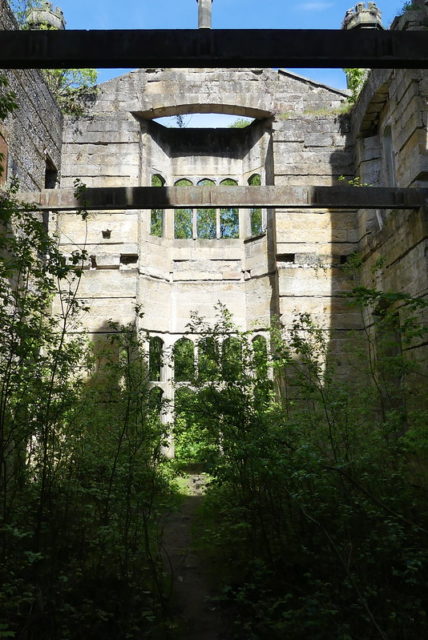
Though historical records are scarce, it is believed that the Dunmore family resided in the Elphinstone Castle, later known as Dunmore Tower, which was constructed in the 1500s. However, concrete evidence to support this theory still needs to be discovered, leaving room for speculation.
The 5th Earl of Dunmore commissioned a painting in the 1820s. Architect William Wilkins built a magnificent stately home on the estate’s grounds. This began Dunmore Park House’s construction alongside a separate stable block. As the estate expanded, so did the village of Dunmore, situated on the east side of the river, providing a home for the diligent workers who tended the estate.
In later years, extensions to Elphinstone Castle were torn down, leaving only the central tower intact. Adjacent to the tower, a small chapel was erected, now known as the Episcopal Church of St. Andrew. The tower’s ground floor was transformed into a mausoleum, while a parsonage found its place east of the walled gardens.
#6
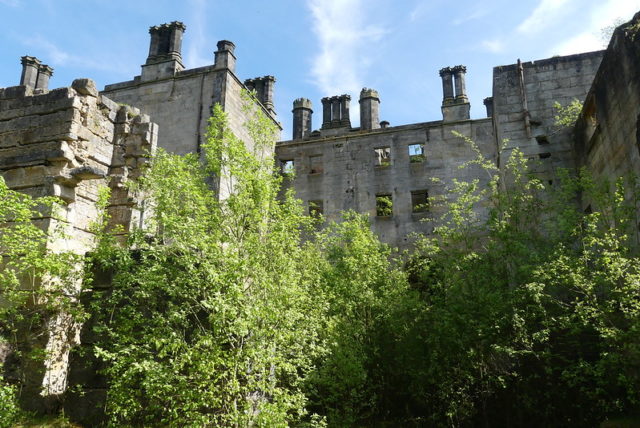
#7

#8
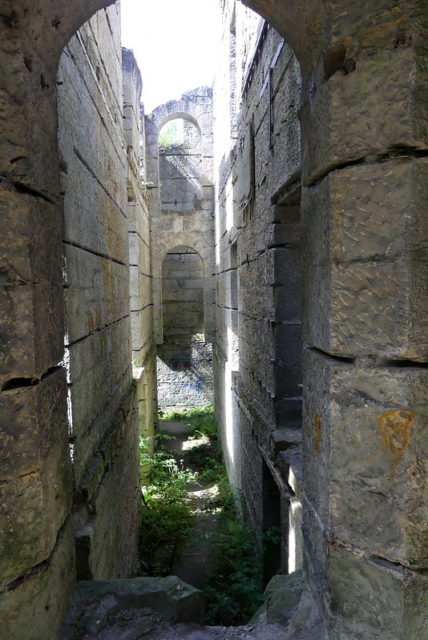
#9

The Murray family continued to reside in Dunmore Park until 1911. Following their departure, the estate remained privately owned until 1961, when it was briefly transformed into a girls’ school before being abandoned. The Dunmore estate was broken up and put up for auction in 1970. The Perth Countess later acquired the walled gardens and the iconic Dunmore Pineapple and donated them to the National Trust for Scotland in 1974. On the other hand, Dunmore Park House fell into the hands of a farmer who converted the site for agricultural use.
Throughout the years, the main house underwent various changes, with a portion being demolished in 1972 due to safety concerns. In 1987, an approved plan aimed at demolishing the entire property, but this plan has yet to come to fruition. Instead, in 1991, a new proposal emerged: the construction of a residential complex featuringa hotel and golf course, a £25 million project. Although the application was approved that same year, the hotel’s opening was postponed several times, and the project remains unrealized.
#10

#11
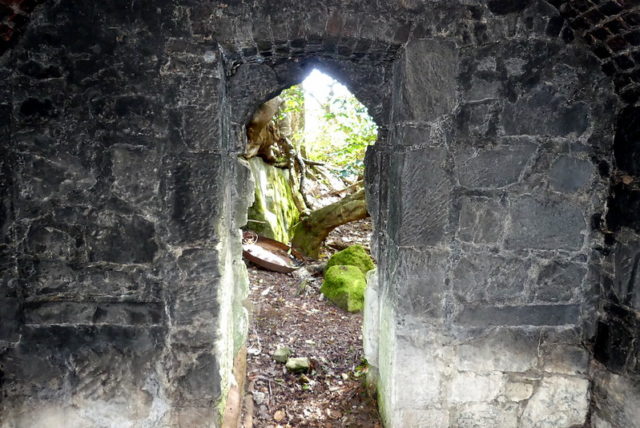
#12
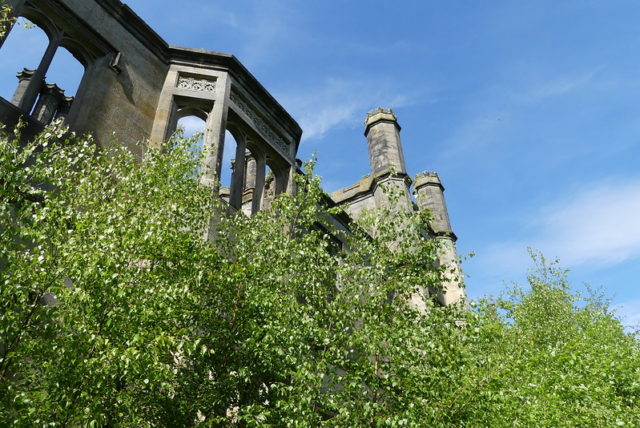
#13
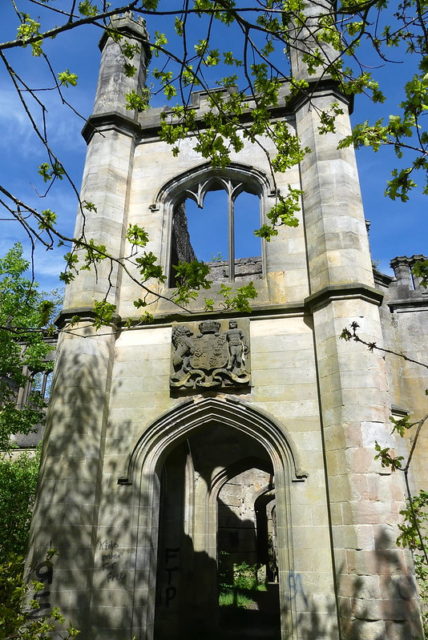
#14
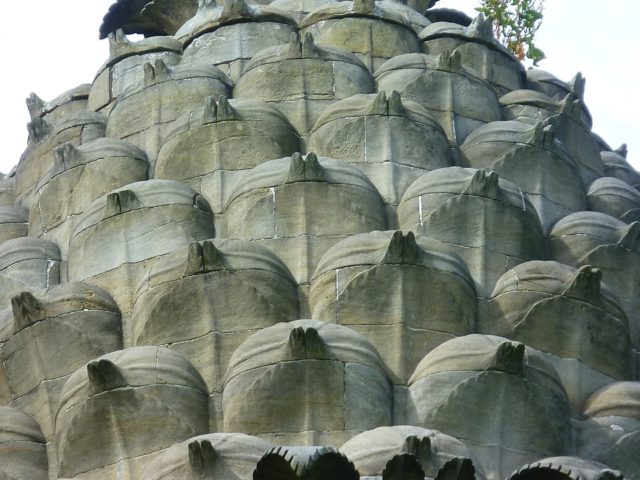
Today, the Dunmore Pineapple and the once-neglected walled gardens offer a delightful experience for visitors to Dunmore Park. The Dunmore Pineapple has been meticulously restored and renovated, and it is now available as unique holiday accommodation, courtesy of the Landmark Trust company. The majestic ruins of the Gothic mansion stand as a testament to its former grandeur, with the wine cellars still preserved, waiting to be explored by curious souls.
Despite its current state of disrepair, the exterior of Dunmore Park House still boasts intricate carvings, mullioned windows, and armorial panels, offering visitors a glimpse into its glorious past. These remnants provide vivid imagery of the estate’s former splendour, a testament to its once vibrant and cherished existence.
The chapel that once graced the estate ended in the 1980s, leaving behind only the ground floor room. The Dunmore family members, laid to rest within the tower, were eventually moved to a more secure location.
The hauntingly beautiful images of the abandoned Dunmore Park House belong to the talented photographer Barry Ferguson, who graciously permitted us to share his work in this article. Barry’s Flickr account is an impressive collection of captivating pictures from his travels, and we encourage you to follow him on social media to savour more of his remarkable artistry.
#15
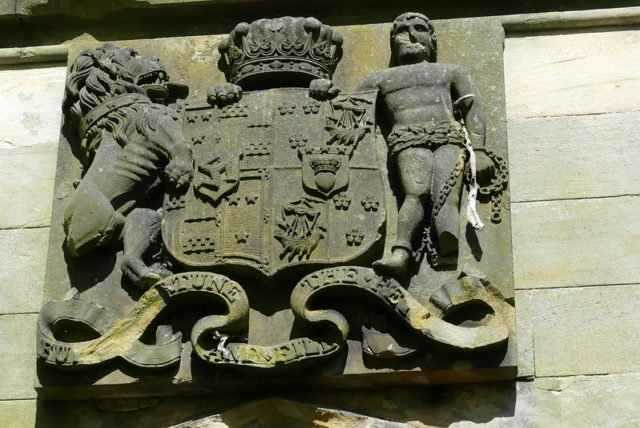
#16
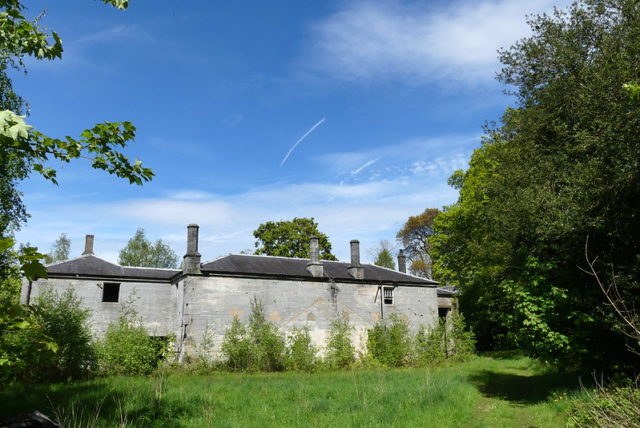
#17

#18

#19
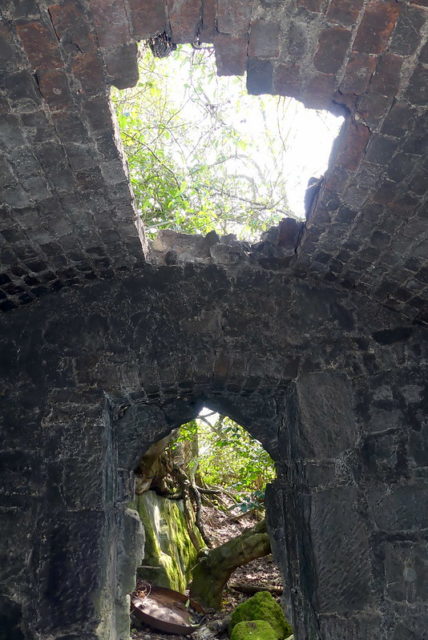
#20
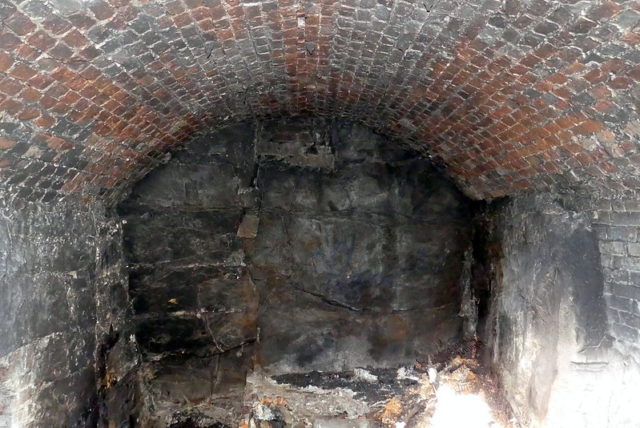
Dunmore Park is a testimony to Scotland’s fascinating history, where the past converges with the present. As visitors explore the estate’s enigmatic ruins and lush gardens, they can’t help but imagine the splendour that once graced this remarkable piece of land. With the Dunmore Pineapple now a unique holiday retreat and the walled gardens brought back to life, Dunmore Park remains an alluring destination for history enthusiasts and nature lovers alike.
Source: abandonedspaces








